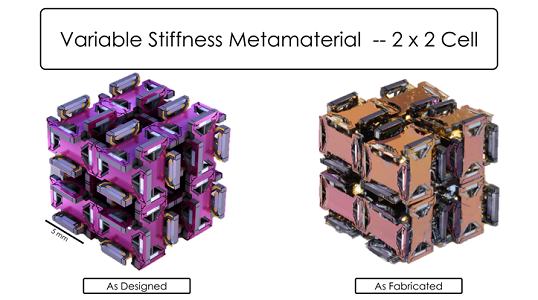
Decades of sustained scaling in IC fabrication has made it possible to obtain extremely high functionality in increasingly smaller die and the proliferation of mobile computing is creating a need for compact, heterogeneous integration of materials and functionalities. These emerging trends have led to great deal of interest in the large scale manufacturing of flexible hybrid nanoelectronic devices. Efforts in this area within the NDML focus on two key technologies: (1) The exfoliation of thin silicon films from bulk silicon wafers and (2) The assembly of micron scale chiplets at extremely high rates into 3D nanoelectronic structures. The combination of the wafer exfoliation technology with the ability to assemble micron scale chips at very high rates will enable the cost-effective manufacturing of 3D nanoelectronic systems with unprecedented heterogeneous functionality in extremely compact form-factors for applications in mobile computing, wearable electronics, unmanned aerial vehicles, etc. The 3D integration of electrical components will also allow sophisticated functionality to be added to the electronic systems without increasing the footprint by enabling the stacking of components such as transistors, amplifiers, resistors, and memory elements with disparate functionalities such as electronic, photonic, thermal, and structural elements. Therefore, these processes are critical technologies for the future of flexible, hybrid electronics.